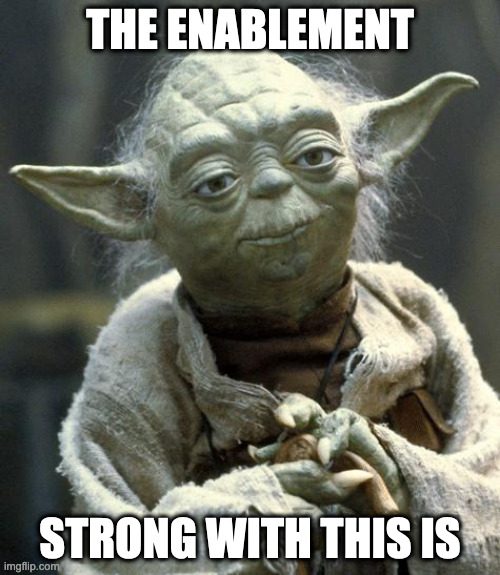Definition: Share of market, also known as market share, refers to the percentage of total sales in a specific industry or category that is captured by a particular company, brand, or product over a defined period. It is a key indicator of competitive positioning and business performance.
Share of market is typically calculated using either revenue or unit sales, and it helps businesses understand their standing in the market relative to competitors.

Use It In a Sentence: Despite increased competition, our brand grew its share of market in the premium coffee segment by 4% last quarter.
Why Share of Market Matters
Measuring share of market is essential for evaluating both performance and opportunity. It reveals:
- How much of the market your brand controls
- How you’re performing relative to competitors
- Whether your strategy is driving growth or losing ground
- Where market saturation, fragmentation, or white space exists
Companies with higher market share often benefit from greater economies of scale, stronger brand recognition, and higher pricing power.
How to Calculate Share of Market
Market Share (%) =
(Your Company’s Sales / Total Industry Sales) × 100
You can calculate it using:
- Revenue-Based Market Share
e.g., $5M / $50M = 10% - Unit-Based Market Share
e.g., 20,000 units / 100,000 units = 20%
Timeframe: Always define the period—monthly, quarterly, annually.
Data Sources: Internal sales data, third-party market research, industry benchmarks, or competitive intelligence platforms.
Types of Market Share
| Type | Description |
|---|---|
| Absolute Market Share | Total percentage owned by your brand in the full market |
| Relative Market Share | Your share compared to your biggest competitor |
| Segmented Market Share | Share within a niche or demographic (e.g., Gen Z, luxury buyers) |
| Geographic Market Share | Share of a market within a specific region or territory |
Understanding these distinctions helps tailor marketing, pricing, and expansion strategies.
Strategies to Increase Share of Market
- Product Innovation
Launch differentiated features or solutions to meet unmet customer needs. - Aggressive Customer Acquisition
Use paid advertising, promotions, or partnerships to attract new customers from competitors. - Loyalty & Retention Programs
Reduce churn to grow customer lifetime value and prevent loss of share. - Geographic Expansion
Enter new regions or underserved markets to increase sales volume. - Strategic Pricing
Use penetration pricing or bundling to win over price-sensitive segments. - Mergers & Acquisitions
Consolidate market power by acquiring competitors or complementary brands.
Share of Market vs. Share of Voice
| Metric | Definition |
|---|---|
| Share of Market | % of total sales captured by your brand |
| Share of Voice | % of total advertising or media presence your brand owns |
Tracking both allows marketing teams to align media investments with sales outcomes. A growing Share of Voice can lead to higher Share of Market—if the messaging and execution are aligned.
Final Thoughts: Market Share Reflects Competitive Strength
Growing your share of market is one of the clearest indicators of brand health and market dominance. It reflects your ability to attract customers, compete effectively, and expand sustainably.
Whether you’re entering a new market or defending your position, tracking and optimizing for market share ensures your strategy remains focused on measurable growth.
More Definitions & Related Blogs
Explore more growth strategy and acquisition insights from the Sales Funnel Professor:























